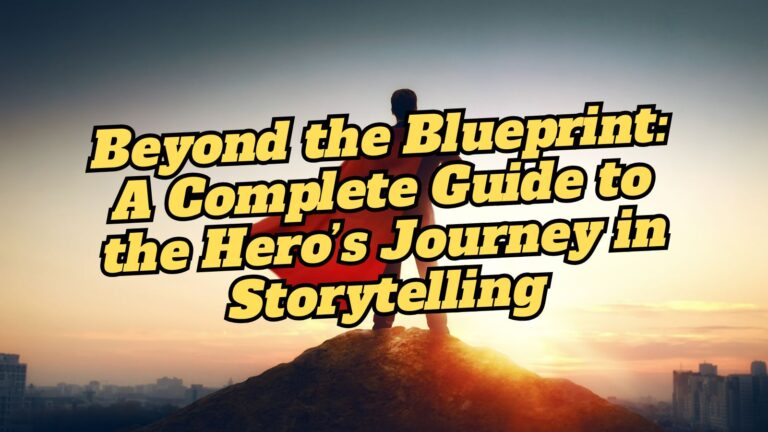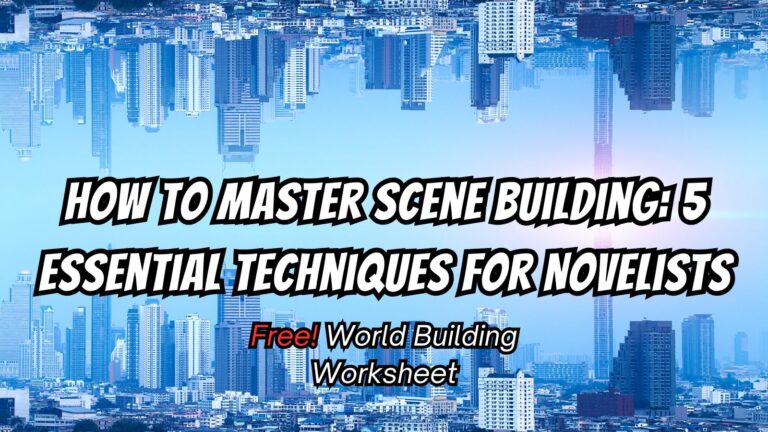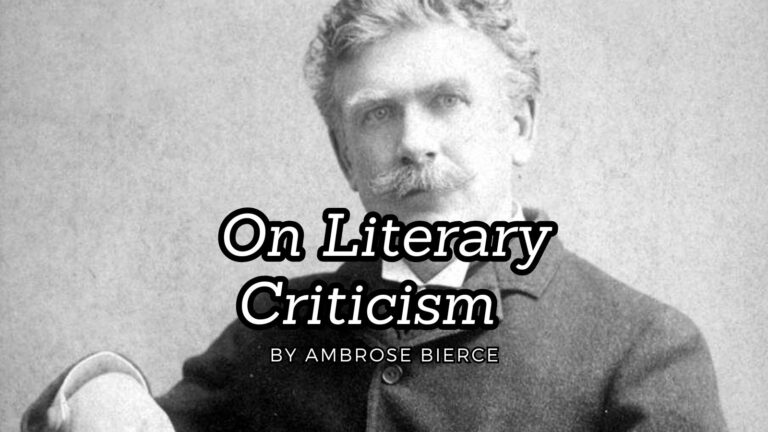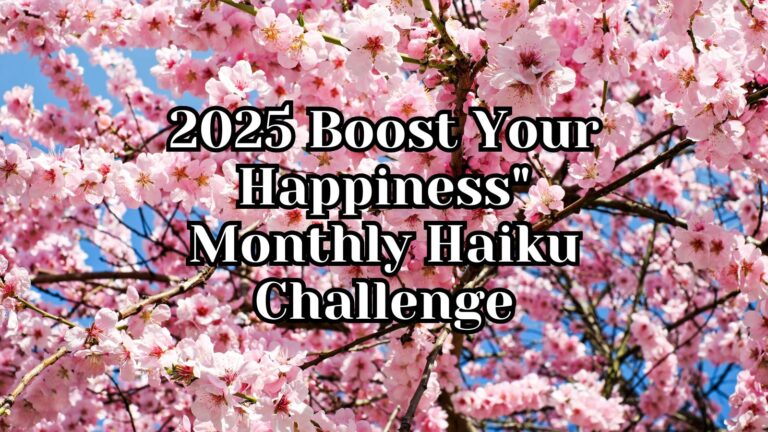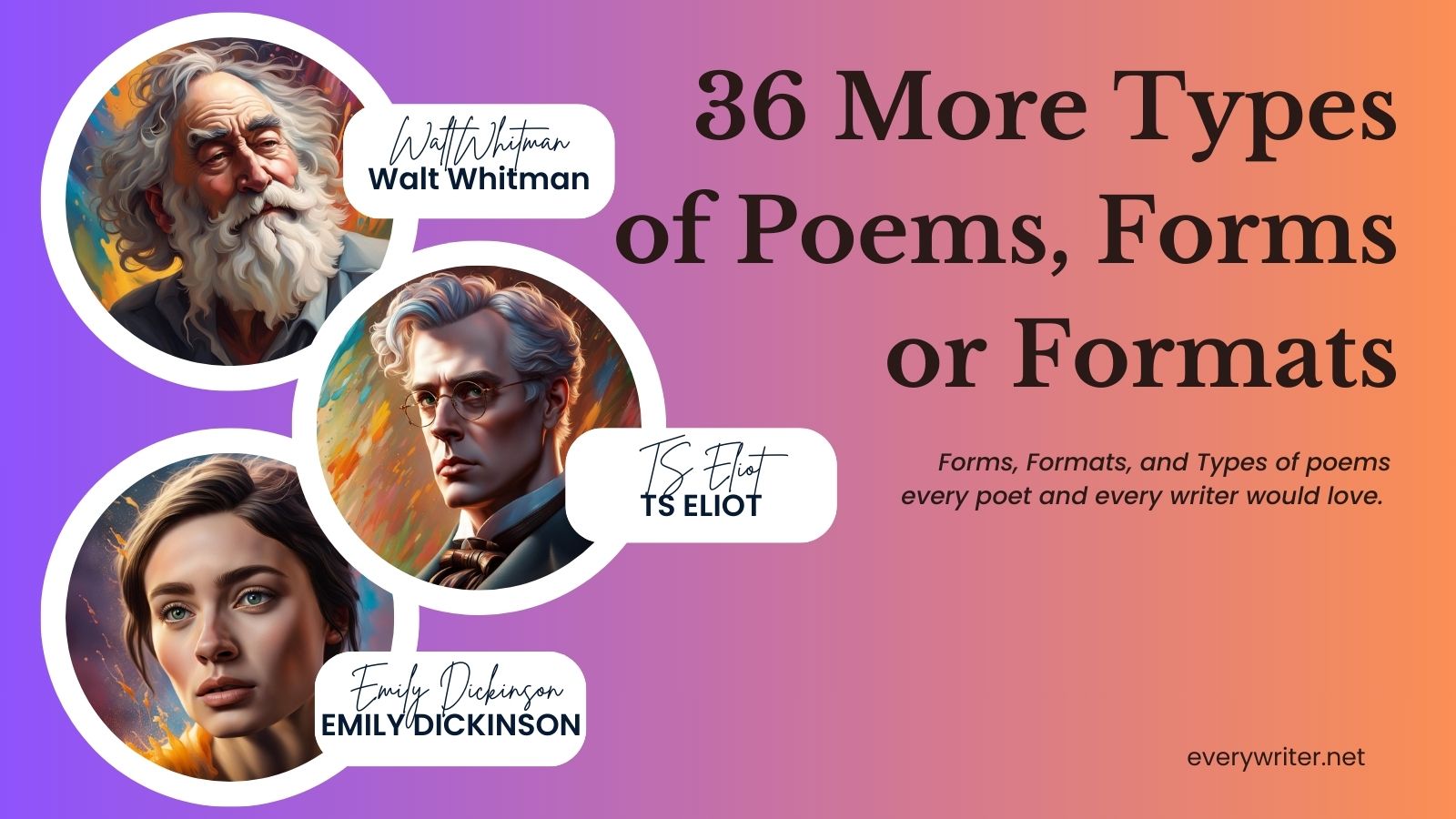
Here are 36 types, forms, and formats for poems. Some of these are obscure, and some of them are very common. They are from all over world and many different languages and cultures. If you’re a poet or a writer you are driven to be better than you already are, and many want to go deeper into the forms and structures of writing to become the best we can be at it. To that end this list will challenge you, your knowledge and your writing skills. Here are 36 types of poems, forms or formats that you can try to deepen your understanding of the craft of writing. We hope you enjoy them.
- Abecedarius – An alphabet poem in which each line or stanza begins with a succeeding letter. Can be acrostic based on alphabet.
- Ballade – A French form with three stanzas of eight lines, all with the same rhyme scheme, plus a shorter envoy. Narrative poems on themes like love or heroism.
- Blazon – This poetic form catalogs and describes in detail the physical characteristics of a subject, most often the female body. Each part of the anatomy is described lavishly using elaborate conceits and figurative language. A blazon turns its subject into an object to be praised extravagantly for aesthetic pleasures.
- Canzone – This medieval Italian form consists of stanzas with lines of three to six lines, plus an envoy. All stanzas are identical in structure and rhyme scheme. The rhyme scheme varies but is complex. The canzone was originally intended to be sung. The envoy turns from the narrative to address the poem’s subject.
- Cascade – A poem with an indented structure creating a visual “cascade” down the page.
- Clerihew – A humorous, biographical 4-line poem with rhyming couplets about a famous person. Often satirical.
- Concrete – Poetry that relies on visual elements and spacing to convey meaning. Concrete poems take a defined shape on the page
- Crown of Sonnets – Linked sequence of 7 sonnets with the last line of one used as the first line of the next. Final sonnet contains all 7 repeated lines.
- Curtal Sonnet – Shortened 10-line sonnet with the rhyme scheme ABBA CDDCDEE.
- Ekphrastic – This type of poem offers a vivid, detailed description of a work of art or sculpture, person, or scene from life. It attempts to capture the essence of its subject in order to allow the reader to envision it clearly and imaginatively in the mind. The goal is to evoke and glorify the subject.
- Epithalamium – This poem celebrates a wedding, originally intended to be recited outside a bride’s bedroom door on her wedding night. It uses vivid and musical language to toast the bride and bridegroom while wishing them happiness and good fortune in their marriage.
- Etheree – A 10-line syllabic form starting with 1 syllable and increasing till line 10 has 10 syllables.
- Fib – Poem formed by increasing each line by 1 syllable, from 0 to however many lines desired. Based on Fibonacci mathematical sequence.
- Ghazal – This couplets form evolved in Arabic poetry. The couplets are structurally and thematically autonomous. Each couplet stands alone and there is no narrative connection between the stanzas. The same rhyme and meter occur in the first two lines of each couplet. Refrains may repeat at the end of each couplet. Thematic unity is created through analogies between couplets.
- Haibun – This Japanese poetic form combines prose and haiku. The prose section provides a narrative account or description, setting up a moment or idea. The haiku then offers a lyrical compression and distillation of that moment. The contrast between prose and haiku creates interest and insight.
- Kyrielle – This poetic form originated in 12th century France. It contains stanzas of four or more lines, each ending with the same refrain. The refrain includes repetition of a word or phrase that changes slightly in each stanza to expand or develop an idea meditatively.
- Lai – This French lyrical form originated as musical accompaniment to dances. It consists of octosyllabic couplets with a single rhyme. The stanzas often have a refrain. Subjects are typically focused on chivalry, romance, fairy tales, and the supernatural.
- Luc bat – A Vietnamese form with 6 lines structured 6-8-6-8-7-6 syllables about philosophical themes.
- Minnesang – Medieval German love lyric with stanzas having alternating refrain lines.
- Nonet – A 9-line form with decreasing syllables per line from 9 down to 1. Concise and economical.
- Ottava Rima – This eight-line stanza form has its origins in Italian and Spanish narrative and epic poetry. Each stanza follows a rhyme scheme of ABABABCC. The first six lines set up narrative action which is summarized or commented on in the closing couplet. The ottava rima provides a suitable structure for long poems telling heroic stories.
- Pantoum – This poetic form originated in Malaysia. It consists of a series of quatrains (four-line stanzas). The second and fourth lines of each stanza become the first and third lines of the following stanza, so that there is repetition and interlocking of lines throughout the poem. The rhyme scheme is ABAB. The repetition creates an iterative, echoing effect.
- Pattern – Visually structured poem forming shapes like grids, diamonds, checkerboards.
- Pantun – A Malay verse form consisting of quatrains with an ABAB rhyme scheme. The first couplet poses a dilemma which the second couplet answers.
- Qasida – Arabic ode with a complex monorhyme pattern over 60-100 lines praising tribes or heroes.
- Quatern – A 4-line stanza with alternate rhyming couplets creating succinct expression.
- Rispetto – An Italian 6-line poem with a rhyme scheme of ABBACC written in iambic trimeter.
- Rondeau – This French form contains 15 lines total on two rhymes. The opening one or two lines recur alternately within the poem as a refrain. Lines 1 and 2 reappear as lines 7 and 15, while lines 1, 5, and 13 are all the same. The rondeau has a light, musical quality with the refrain creating coherence.
- Rubaiyat – This poetic form originated in Persia. It contains quatrains with the rhyme scheme AABA. The first, second, and fourth lines contain the same rhyme, while the third line provides a differing rhyme to complete the quatrain. Made famous by Omar Khayyam, rubaiyat poems were often philosophical reflections on mortality and everyday life.
- Sapphic – 4-line Greek form in trochaic and dactylic meter praising subjects like love, nature, and mythology. Based on Sappho’s poetry.
- Shape – Poems that take the physical form of their subject to enhance the meaning.
- Skaldic – Old Norse form with rigid alliteration, kennings, and internal rhyming used for praise poems.
- Tanaga – This Filipino form expresses insights about daily life in four lines totaling 22 syllables. Each line follows a 7-7-8-7 syllable structure. The brevity adds powerful resonance to each tanaga’s message or observation.
- Terza Rima – This three-line stanza form was invented by Dante for The Divine Comedy. The interlocking rhyme scheme is ABA BCB CDC DED and so on for each succeeding tercet. The rhyme creates continuity from stanza to stanza. The terza rima provides a fluid, propulsive framework well-suited for epic narratives.
- Triolet – An 8-line circle form with two rhymes. Line 1 repeats as lines 4 and 7. Line 2 repeats as lines 8. Refrain echoes create musicality.
- Zéjel – Spanish/Arabic form with stanzas ending in common refrain exploring philosophical themes.
This list isn’t perfect. No lists are, but if you enjoyed our list, please check out our blog. We have many helpful hints and tips on writing for writers. Leave us a like here on the site, and if you want to thank us for this list, leave a peace of writing in the comments below. If you liked this list, please see our original article Top 10 Types of Poems, Forms and Formats.
- The Writer’s Roadmap: Embracing Outlining (Free Worksheet Included!) - April 15, 2025
- A Complete Guide to the Hero’s Journey in Storytelling (Free Worksheet) - April 10, 2025
- On Literary Criticism by Ambrose Bierce - April 9, 2025

